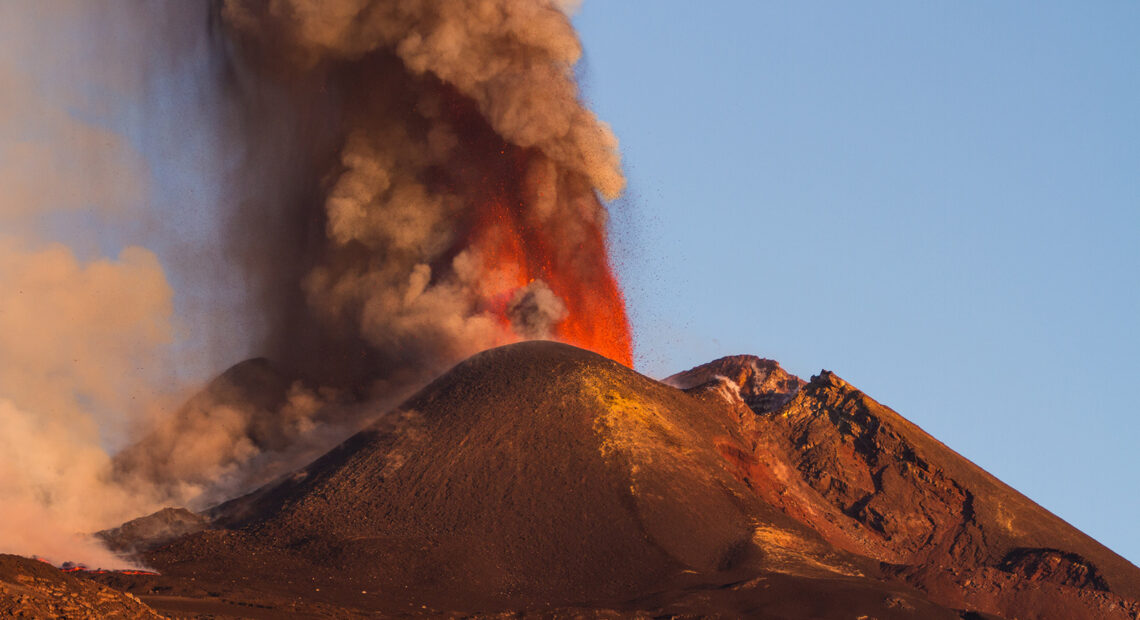Unveiling the Hazards of Decade Volcanoes: Exploring Nature’s Powerhouses

Volcanoes have captivated humanity’s fascination for centuries, with their awe-inspiring eruptions and majestic landscapes. Among the numerous volcanic systems across the globe, a special designation is given to the “Decade Volcanoes.” These are a group of 16 volcanoes identified by the International Association of Volcanology and Chemistry of the Earth’s Interior (IAVCEI) as particularly dangerous due to their past volcanic activity and proximity to populated areas. In this blog post, we will delve into what makes Decade Volcanoes so hazardous, exploring the geological factors and potential risks associated with these remarkable natural wonders.
- Location and Proximity to Populated Areas:
One of the key factors that make Decade Volcanoes hazardous is their close proximity to densely populated regions. Many of these volcanoes are situated near major cities and towns, posing a significant threat to human life and infrastructure. This proximity increases the potential for large-scale disasters, including volcanic ashfall, pyroclastic flows, lahars (mudflows), and other volcanic hazards.
- Past Volcanic Activity:
Decade Volcanoes have earned their distinction due to their history of eruptions and associated hazards. These volcanoes have exhibited significant activity within the past few centuries, often resulting in devastating consequences. The accumulation of volcanic material, such as ash, lava, and pyroclastic deposits, can pose long-term risks even during periods of apparent dormancy.
- Explosive Eruptions and Volcanic Ash:
Many Decade Volcanoes are known for their explosive eruptions, which release vast quantities of volcanic ash into the atmosphere. Volcanic ash consists of tiny glass-like particles that can travel long distances, affecting air quality, visibility, and posing hazards to aviation. Ashfall can also lead to the collapse of structures due to the weight of accumulated ash, disrupting daily life and creating challenges for emergency response efforts.
- Pyroclastic Flows and Lahars:
Decade Volcanoes are often associated with the formation of pyroclastic flows and lahars, both of which are highly destructive phenomena. Pyroclastic flows are fast-moving clouds of hot ash, gas, and rock fragments that descend down the volcano’s slopes at tremendous speeds, incinerating everything in their path. Lahars, on the other hand, are volcanic mudflows triggered by the rapid melting of volcanic ice or heavy rainfall mixing with loose volcanic material. These flows can travel long distances, burying communities and infrastructure under thick layers of debris.
- Volcanic Gases and Toxic Fumes:
During volcanic eruptions, Decade Volcanoes release a variety of gases, including sulfur dioxide, carbon dioxide, hydrogen sulfide, and others. These gases can be hazardous to human health, causing respiratory problems, eye irritation, and other adverse effects. In certain conditions, volcanic gases can accumulate in low-lying areas, forming deadly volcanic smog, known as vog. Prolonged exposure to vog can have severe consequences for both human and animal populations.
Conclusion:
Decade Volcanoes possess a unique combination of geographical, historical, and geological factors that make them particularly hazardous. Their close proximity to populated areas, past volcanic activity, explosive eruptions, volcanic ash, pyroclastic flows, lahars, and toxic gases all contribute to the potential risks they pose. Understanding these hazards is crucial for developing effective volcanic monitoring systems, emergency preparedness plans, and mitigating the potential impact on human lives and infrastructure. The ongoing study of Decade Volcanoes serves as a testament to humanity’s continuous effort to comprehend and respect the awe-inspiring power of these geological marvels.
Picture Courtesy: Google/images are subject to copyright







